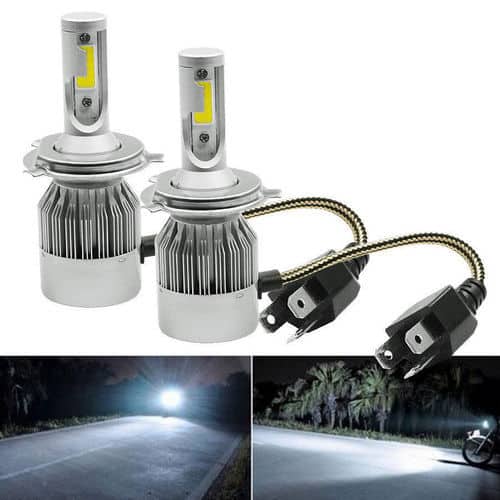Using a post hole digger is a straightforward process, but doing it efficiently and safely requires a bit of know-how. Whether you’re setting up a fence, planting trees, or installing a mailbox, knowing how to use a post hole digger can save you time and effort. This article will guide you through the steps of using a manual post hole digger, also known as a clamshell digger, and offer tips to make the job easier.
Introduction to Post Hole Diggers
A post hole digger is a tool used for creating narrow holes in the ground to install posts for fences and signs, among other applications. The manual post hole digger, or clamshell digger, consists of two metal blades with handles. When the handles are pulled apart, the blades open, and when they are pushed together, the blades close to grab soil from the hole.
Step-by-Step Guide on How to Use a Post Hole Digger
Step 1: Planning and Preparation
Before you start digging, it’s crucial to plan where your holes will go. Mark the ground using spray paint or stakes. Ensure you’re not digging where there could be underground utilities. Call a local utility locator service to mark any utilities in your area to avoid accidents.
Step 2: Choosing the Right Tool
Select a post hole digger that suits your strength and the job’s requirements. For harder soils, you might consider using a digger with a pointed or auger design to make the initial penetration easier.
Step 3: Starting the Hole
Position the blades of the digger over your marked spot. Stand with your feet shoulder-width apart for stability. Hold the handles together at chest height, then forcefully drive the blades into the ground using your weight. Twist the handles slightly if needed to help the blades cut into the soil.
Step 4: Removing the Soil
After the blades are fully inserted into the ground, spread the handles apart to close the blades, grasping the soil between them. Lift the digger straight out of the hole, bringing the captured soil with it. Open the handles to release the soil to the side of your hole. As the hole deepens, you may need to use a rocking motion to insert the digger blades fully.
Step 5: Achieving the Desired Depth and Width
Continue the process of driving the digger into the ground, closing the blades, lifting out the soil, and releasing it beside the hole. Periodically check the depth of your hole with a tape measure or a stick. Most fence posts require holes about 24 to 48 inches deep, depending on the post height and the structure’s expected load. Ensure the hole’s width is consistent and wide enough to accommodate your post and any concrete or stabilizing material you plan to use.
Step 6: Final Adjustments
Once you’ve reached the desired depth, use a shovel to clean out any loose soil at the bottom of the hole. If the sides of the hole have caved in slightly, use the digger to trim them and create a neat, cylindrical shape. This step is crucial for ensuring your post sits properly in the hole.
Tips for Using a Post Hole Digger
- Wear Protective Gear: Gloves will protect your hands from blisters, and safety glasses will keep dirt and debris out of your eyes.
- Work Smart: If the soil is very hard, water the area lightly a few hours before digging to soften it. However, avoid making the soil too muddy, as this can make digging more difficult.
- Leverage Your Body Weight: Use your body weight to help drive the digger into the ground, reducing strain on your arms and back.
- Keep the Blades Sharp: Regularly check the blades of your digger and sharpen them if they become dull. Sharp blades make digging much easier.
Using a post hole digger is a physical task, but with the right technique and preparation, it can be done efficiently. By following this guide, you’ll be able to create precise holes for your posts, ensuring a strong foundation for whatever structure you’re building. Remember, the key to successful digging is not just hard work but also working smartly and safely.





